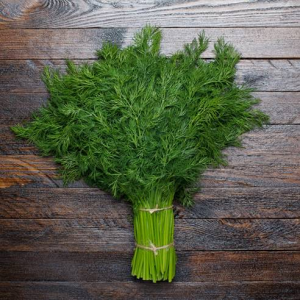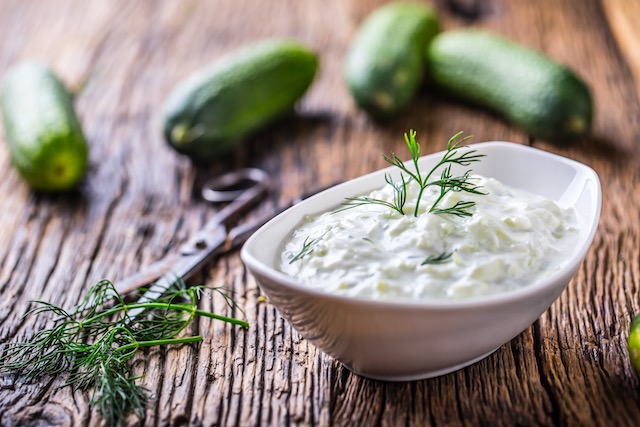Our Own Personal Shield
 Are you ready for some myth busting? Have you heard of the acid mantle on the face? Did you know the skin of the face has a pH of between 4.5 and 5.5 in healthy adults that do not use facial products? pH refers to the acidity or alkalinity of something. On the Ph scale 7 is neutral and each decimal point going down or up from there is ten times more acidic or alkaline respectively. Many products advertise that they are pH balanced which actually doesn’t mean too much unless they say what they are pH balanced for. The thing is our skin itself isn’t 4.5 or 5.5. It is the coating on the skin that has this pH. It is maintained by our sebum and our friendly happy bacteria.
Are you ready for some myth busting? Have you heard of the acid mantle on the face? Did you know the skin of the face has a pH of between 4.5 and 5.5 in healthy adults that do not use facial products? pH refers to the acidity or alkalinity of something. On the Ph scale 7 is neutral and each decimal point going down or up from there is ten times more acidic or alkaline respectively. Many products advertise that they are pH balanced which actually doesn’t mean too much unless they say what they are pH balanced for. The thing is our skin itself isn’t 4.5 or 5.5. It is the coating on the skin that has this pH. It is maintained by our sebum and our friendly happy bacteria.
I have been thinking about this. And thinking some more. It started with an idea that could help us replenish the good bacteria on the outside of our bodies (more on this later)… which got me thinking… (uh-oh!) There are some other areas that are outside of our bodies that we don’t really think about very much in which the bacteria and yeasts can get a bit unbalanced. In fact EVERY kind of skin that I could think of seems to have its own specialized “mantle” too. Here are three important inside-out areas of our skin that we don’t think of that often but that also have a bacterial coating which maintains a certain pH.
 The sinuses – It may be a bit of a stretch to think of the sinuses as outside the body but when you think about it they are made up of another kind of specialized skin which although we can’t touch is pretty much outside the body. They are hollow! It is normal to have a thin layer of bacteria that create a healthy environment in there but sometimes when there is an imbalance we can have difficulty. We can access our sinuses through Neti pots and deep inhalation. Have you struggled with sinus infections in the past? I know I have. I propose we stop thinking about just “killing” the problem bacteria in there but start focusing on bringing balance to the complex ecosystem including bacteria and friendly yeasts in the sinuses because if the beneficial bacteria aren’t home someone else will probably move in.
The sinuses – It may be a bit of a stretch to think of the sinuses as outside the body but when you think about it they are made up of another kind of specialized skin which although we can’t touch is pretty much outside the body. They are hollow! It is normal to have a thin layer of bacteria that create a healthy environment in there but sometimes when there is an imbalance we can have difficulty. We can access our sinuses through Neti pots and deep inhalation. Have you struggled with sinus infections in the past? I know I have. I propose we stop thinking about just “killing” the problem bacteria in there but start focusing on bringing balance to the complex ecosystem including bacteria and friendly yeasts in the sinuses because if the beneficial bacteria aren’t home someone else will probably move in.
The lungs – When you think about it even though the lungs are complicated and they are a gateway between the inside and outside of the body they still are not quite inside the body. They have their own specialized skin and special group of bacterial flora that keep them healthy and balanced. They can unfortunately also be a place where unfriendly flora can set up camp. The lungs are tricky but we do have deep breathing and inhalation to get to them. Aromatherapy comes to mind and I know it sounds hokey but so does oxygen! I am going to focus on bringing in deep breaths as a way to keep that environment balanced. All that extra energy from deep breathing? Bonus! Of course there are herbs that can help to clear the lungs but that is a topic for another article.

The digestive tract – This is really a long tube which connects many different areas of specialized skin. Each of these areas is meant for doing different things and for those different functions different pH environments must be maintained. For now let’s just focus on the small intestine. You may have heard about the small intestine being an alkaline environment approaching 8. I agree with this in principle. I think a better description would be that it is just a hollow tube. I’m not sure what the pH of a hollow tube is… it is the bile that our lovely organs secrete that is actually alkaline. I always wondered what those lactobacillus were doing in there if it was so alkaline. Now I know.
Our small intestinal bacteria are creating an acid mantle or acid barrier on the skin of the small intestine. This enables this special skin to absorb nutrients. The acidic covering actually makes the minerals absorbable for the skin in our small intestines. This means we really need those bacteria in there so that we can absorb nutrients. If you think about it alkaline minerals in an alkaline environment can’t really be broken down any further (they’ve already been through the stomach acid though). The bacteria help us here. This can go wrong when for a physical or other reason the bacteria are able to grow out of control and then we no longer have an “alkaline” hollow tube. The small intestine is harder for us to access. We can’t really get to it even though it is still not really IN the body. The only way that we can get to it is indirectly through the foods we eat, the water we drink, herbs, probiotic foods and spices.
Read more








